What is a Jaw Crusher
Jaw Crusher, In order to make use of the rocks or ores obtained through quarrying/explosion in the Mining and Construction sectors, the materials need to be crushed to reduce them to a smaller size. We call this process sıze reductıon or crushing.
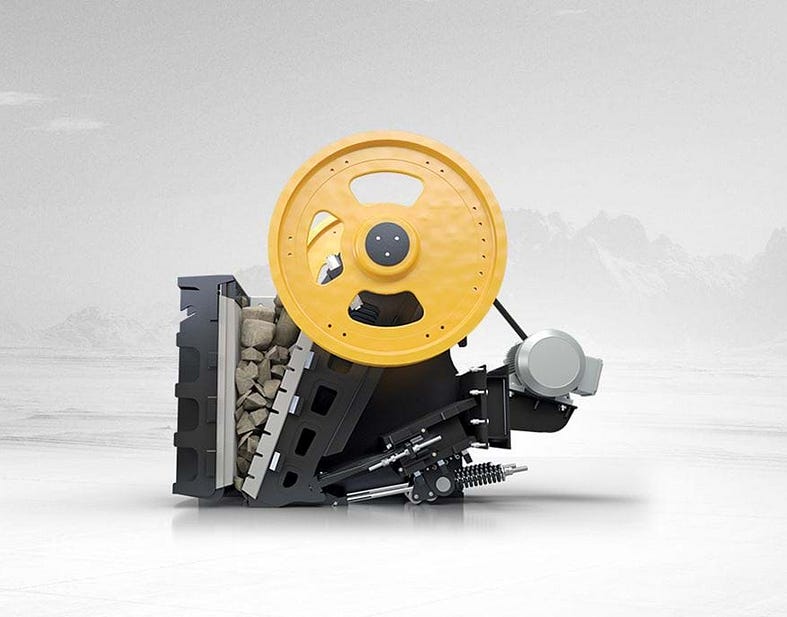
The goals of the size reduction are as follows:
1.) Obtaining the size or surface area required for the use of the ore or material
2.) Allowing ease of transportation and storage
3.) Separating the different minerals contained within the ore and to release them from one another
4.) Obtaining the size or surface area required for the enrichment stage.
In general, crushing is carried out in three stages, depending on the desired size of the material.
Primary Crushing
This is the first stage of the crushing process. In general, the size of the feed material, which is between 800 and 1500 mm, is reduced to between 150 and 300 mm.
Secondary Crushing
This is the second stage of crushing. Feed size, which is around 150 to 300 mm, of the rock or ore from the primary crushing process is reduced to between 50 and 80 mm.
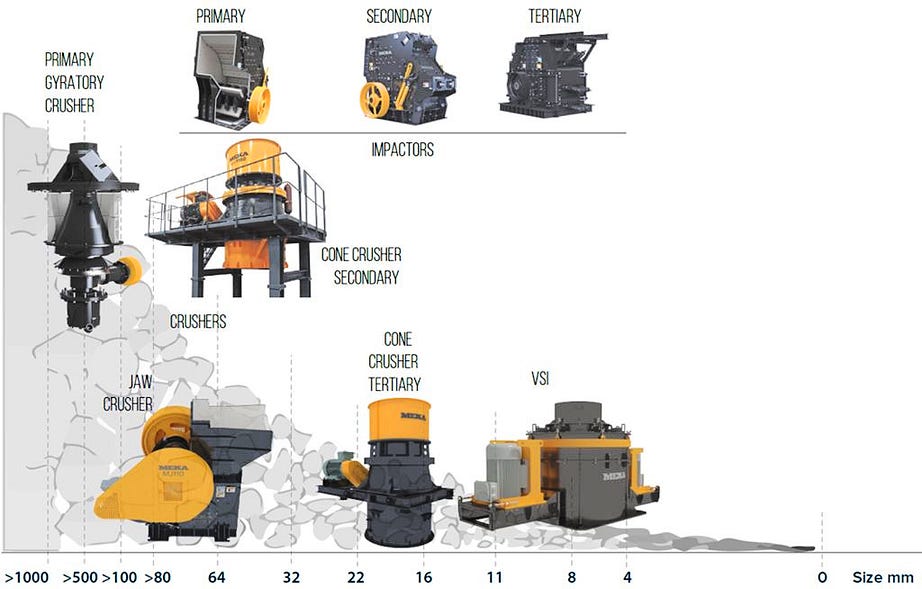
Tertiary Crushing
This is the third stage of crushing. The size, which is around 50–80 mm, of the ore or rock from the secondary crushing process is reduced to between 5 and 12 mm.
We call the machine that performs the CRUSHING process a crushing machine or crusher.
HOW DO JAW CRUSHERS WORK?
All jaw crushers feature two jaws: one of which is fixed while the other moves. The working principle of jaw crusher is based on the reciprocating movement of the movable jaw that compresses and crushes the rock or ore between itself and the fixed jaw, as the material enters the zone between the jaws.
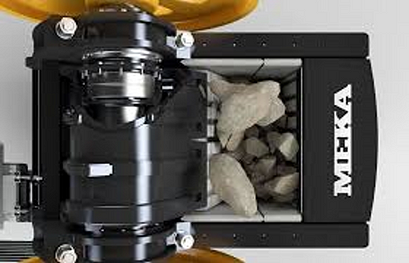
The moving jaw moves back and forward against the fixed jaw, and material fed from the top of the machine is compressed between the two, breaking it into smaller pieces.
As the moving jaw moves away from the fixed jaw, the crushed material is discharged from the crusher at the bottom, with the size of the ejected material determined by the gap between the jaws.
PARTS AND MAIN PARAMETERS OF JAW CRUSHERS
For example, a 900x650 mm crusher refers to a crusher with an inlet measuring 900 mm by 650 mm.
The main parts and main technical parameters of a jaw crusher are presented below.
Stroke (LT)
Minimum and maximum movability of the lower end of the jaw. This is equal to the OSS minus the CSS.
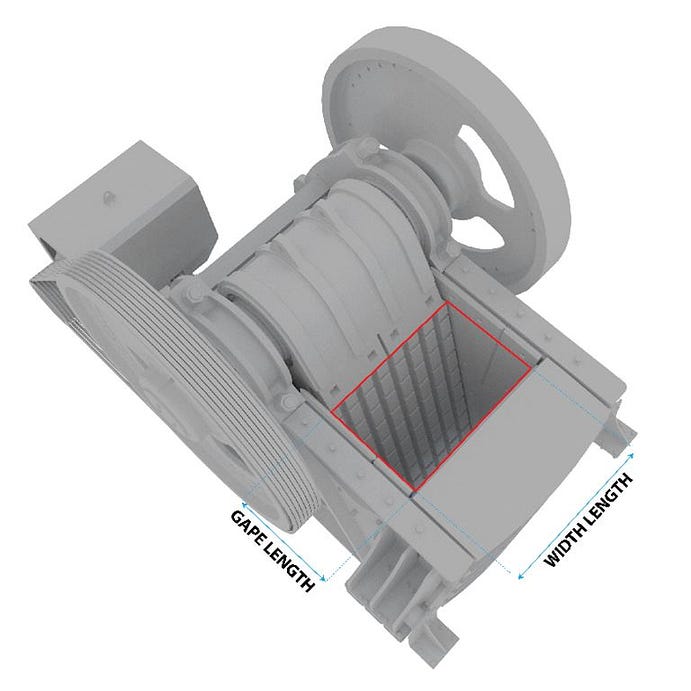
R: Size reduction ratio
The ratio of the gape width to the near side jaw opening.
This ratio may vary from 1/3 to 1/9, but is generally 1/3 for primary crushers and 1/4 for secondary crushers.
θ: Nip angle
One of the most important parameters is the angle between the two jaws, which is referred to as the nip angle.
The nip angle is the angle at which the material, that passes through the crusher inlet to be crushed between the jaws can be gripped by the jaws without slipping.
This angle depends on the size, hardness and frangibility of the material. It cannot be selected as too large or too small. The nip angle in primary crushers is lower than in secondary crushers.
Generally, this value is between 18 and 24 degrees in primary jaw crushers, and between 22 and 28 degrees in secondary crushers. The nip angle can be 33 degrees maximum.
JAW CRUSHER TYPES
There are two main groups of jaw crusher, categorized according to their jaw movement mechanism.
Single-toggle jaw crusher
- Double-toggle jaw crushers
In double-toggle jaw crushers, the pitman is mounted on fixed non-eccentric shaft that situated at the top of the crusher.
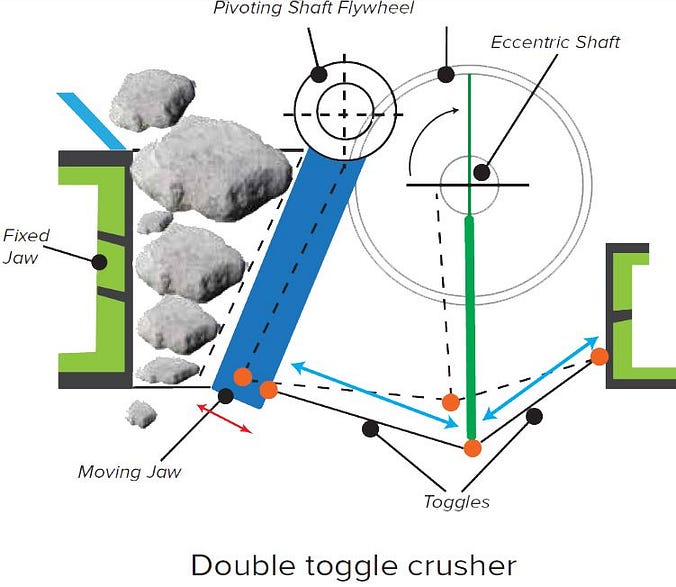
There are two toggle plates, one on the left and one on the right, are linked to the pitman that is hinged to the driven camshaft. The toggle plate on the left is linked to the jaw-supporting block, while the one on the right is linked to the main body.
In single-toggle jaw crusher, the movable jaw is supported by the bearing on an eccentric shaft driven by the pitman to which it is attached.
The pitman is supported by a toggle plate at the bottom of the moveable jaw. Toggle plate compressed between moveable jaw and main body. This mechanism ensures that any point on the moving jaw moves in an elliptical orbit.
This mechanism makes a movement aka four bar linkage movement. Through this movement, the movable jaw applies both pressure and friction forces to the material to be crushed.
A comparison of jaw crusher with the same capacity reveals that double-toggle jaw crushers are more expensive than ordinary jaw crushers.
For this reason, mostly single-toggle jaw crushers are used in the aggregate sector, while double-toggle jaw crushers are used mostly for crushing plant very hard and highly abrasive materials.
The lifecycle of double-toggle jaw crushers is longer since they do not apply friction force.
Reference;
(2) Crushing plant — Wikipedia
(3) https://www.quora.com/search?q=cone+crusher
https://www.mekaglobal.com/en/products/crushing-screening-plants/crushers/jaw-crushers





